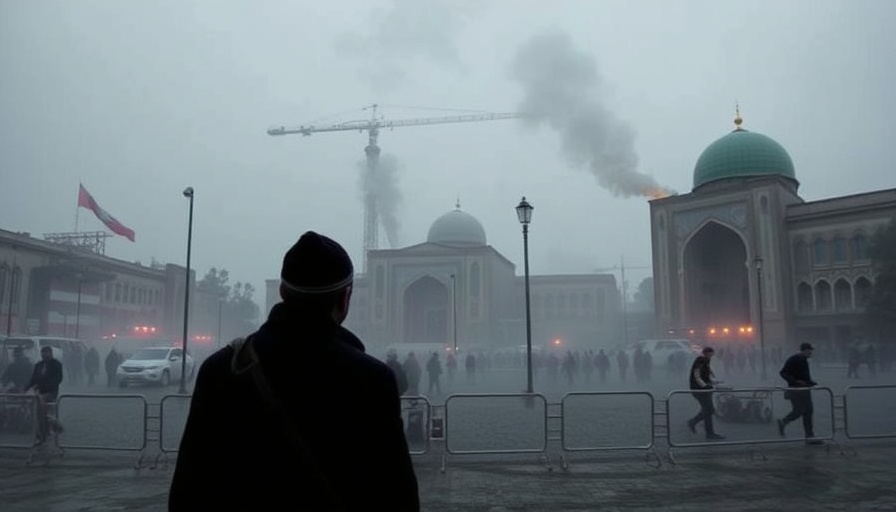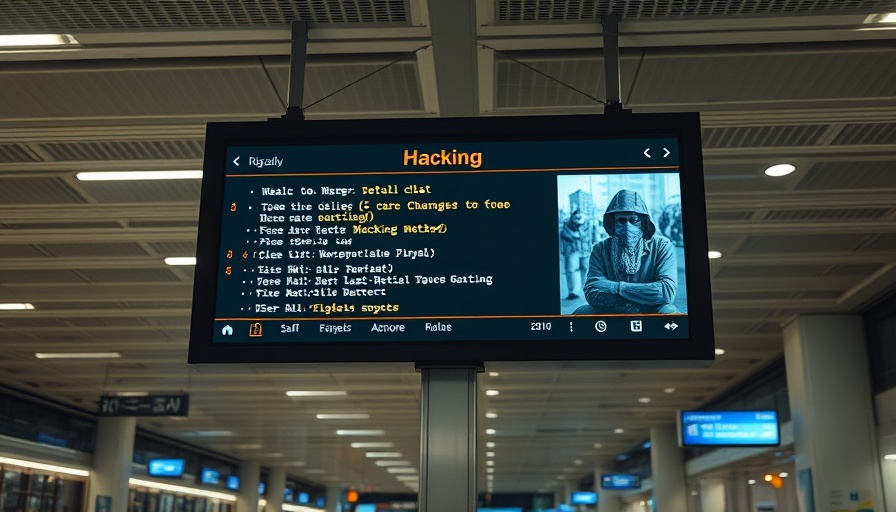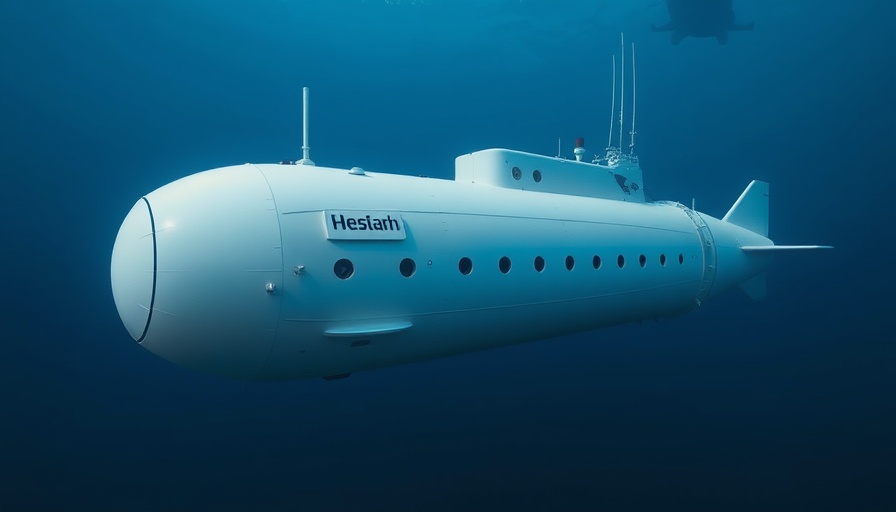
Spies, Burgers, and Bombs: Understanding the Fallout in Tehran
As the dust settles on the recent military conflict involving Iran and Israel, the repercussions continue to resonate throughout Tehran and beyond. The blast from bombings targeting Iran's nuclear facilities marked not just a tactical assault, but a pivotal moment in the ongoing narrative of geopolitical tension in the region.
The attack, which struck key nuclear sites at Fordow and Natanz, fundamentally challenges the assumptions underpinning U.S. sanctions and foreign policies towards Iran. With these facilities reportedly devastated, a screenplay of heightened military and diplomatic confrontations is on the horizon. Yet, the question looms: How can Iran recalibrate its stance to regain a foothold without yielding to external pressures?
The Fallacy of Maximum Pressure
The traditional diplomatic strategy employed by the West, colloquially termed 'maximum pressure,' faces scrutiny at this juncture. Following the assault, observers are questioning whether continued sanctions are justified when Iran's nuclear capabilities have sustained severe damage. The current diplomatic landscape compels analysts to reconsider the efficacy of sanctions, particularly when their intended objective—altering Iran's nuclear ambitions—may no longer be feasible in light of these recent developments. Institutions and policymakers are wrestling with the realization that an obsolete approach only serves to highlight a lack of coherent strategy.
The Narratives in Tehran
Domestic narratives have morphed in response to the strikes, juxtaposing national unity against the backdrop of dire geopolitical threats. Historically, military blows have prompted rallying cries among Iranian civilians and a temporary resurgence in national pride. Demonstrations across Iran showcased public defense of sovereignty, with chants of 'Death to America' underscoring a potent narrative of resilience. But within these displays of strength lay deeper concerns over the political future amidst growing domestic discontent due to economic mismanagement and social unrest.
New Strategic Dilemmas for Iran
Iran stands at a crossroads, faced with unprecedented dilemmas—its nuclear program, once a source of national pride, is now the center of increased scrutiny and militarized opposition. Leaders must navigate the precarious balance between domestic stability and an assertive response to perceived aggression. Internal factions, ranging from hardliners advocating retaliatory attacks to reformers yearning for renewed diplomatic relations, create a complex tableau that complicates any unified strategy.
Moreover, developments have also kindled discussions about leadership succession within the regime. Supreme Leader Ali Khamenei’s advanced age and dominance underscore a crucial transition period that many believe is on the horizon. As tensions mount, how Iran’s next leadership navigates this tumultuous period will shape the nation’s future trajectory.
Embracing Strategic Silence
One innovative response posited by Iranian analysts is the concept of 'intelligent silence,' advocating for a strategic retreat from reactive posturing. This approach envisions leveraging ambiguity while allowing time for recalibration, minimizing the risk of hasty engagements that could exacerbate tensions further. The goal is to persuade international actors to reconsider their approach to sanctions and diplomatic engagement, especially when previous methodologies have yielded little tangible progress.
The Role of Regional Dynamics
Understanding Iran's position requires analyzing the broader regional geopolitics. While Iran confronts Israel, it must also navigate a complex web of relationships with other Middle Eastern countries, many of which are rapidily reassessing their alliances amid these tensions. The relationships fostered through collaborative third-party commitments—partnerships aimed at facilitating cooperation and indirect negotiations—could serve as a conduit for easing pressures on the Iranian economy and restoring shattered relations with global powers.
Diplomatic Uncertainties
However, pursuing innovative paths in diplomacy comes with inherent risks. The internal power struggles in Iran, coupled with external pressures from U.S. sanctions, create a volatile atmosphere where missteps could lead to wider conflict. The Iranian regime’s survival instincts will likely drive continuity in its nuclear ambitions, but the realm for dialogue seems shrouded in layers of complexity—acknowledging that direct negotiations may be perceived as capitulation.
Conclusion: Redefining Iran’s Future Role
The crux of the challenge lies in whether Iran can thread the needle, transforming this crisis not merely as an existential moment but as an opportunity for redefining its standing both regionally and globally. The evolving dynamics illuminate a pathway to dialogue through strategic recalibration rather than confrontation.
Ultimately, the confluence of geopolitical dynamics, domestic narratives, and shifting alliances will be key to resolving these profound challenges. As tensions persist, the world watches closely for Iran’s next steps in a high-stakes game of diplomacy, resilience, and survival.
 Add Row
Add Row  Add
Add 




Write A Comment